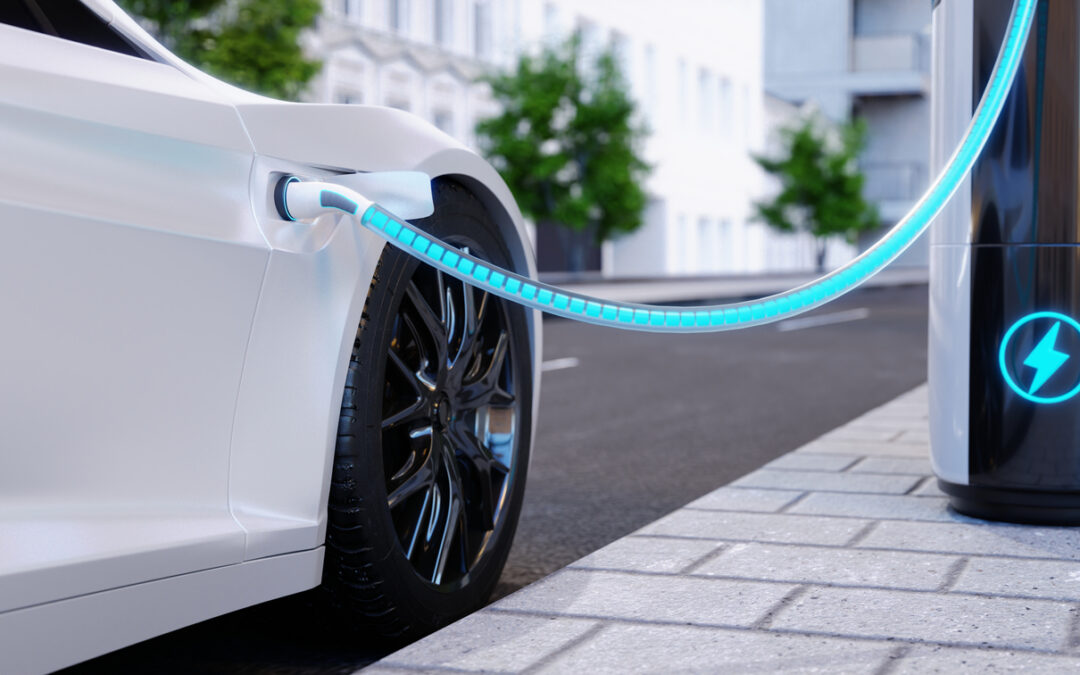S&P Global Mobility forecasts electric vehicle sales in the United States could reach 40 percent of total passenger car sales by 2030, and more optimistic projections foresee electric vehicle sales surpassing 50 percent by 2030. According to the U.S. Bureau of Labor, The Infrastructure Investment and Jobs Act, signed into law in November 2021, allocated $7.5 billion to building out a nationwide charging network. The funding has initially focused on installing fast chargers along the interstate highway system, which would help mitigate battery range fears and enable long-distance travel. The legislation also included large investments to upgrade the nation’s power grid—key for accommodating rising electricity demand as EV adoption grows—and to expand domestic battery production and recycling capacity. On the consumer side, tax credits spur demand. For instance, the Inflation Reduction Act, signed into law in August 2022, extended a tax credit of up to $7,500 for the purchase of new EVs until 2032 and provided, for the first time, that tax credits could be used for purchasing used EVs.
And that is good news for environmental justice (EJ), says Lisa Benjamin, author of a paper called “EVs as EJ?” forthcoming in Harvard Environment Law Review. Benjamin, associate professor of law at Lewis & Clark Law School, details all of the positive impacts of EVs on environmental justice pursuits. But she also outlines the potential harm that could be done to Native communities without updated mining regulations and greater inclusion in land-use decision-making.
According to a recent article authored by Lewis & Clark, the increase in electric vehicle production is being accompanied by an increase in domestic mining for the minerals included in EV batteries. Many of these minerals, such as lithium and cobalt, are located in or near tribal lands, including sacred and culturally important sites. (Mining.com)
Native American tribes across the United States have been severely impacted by the tailings and other toxic waste dumped into America’s waterways by the metals mining industry. Tribes own and manage nearly 95 million acres of land, much of it consisting of large intact habitats, abundant wildlife, clean water and air, and unique cultural and historic resources. Nearly 2 million acres of Indian lands are subject to mineral leases administered by the U.S. Department of the Interior. These mines disproportionately impact the environment, health, and culture of Native communities. (Tribal Lands Program).

